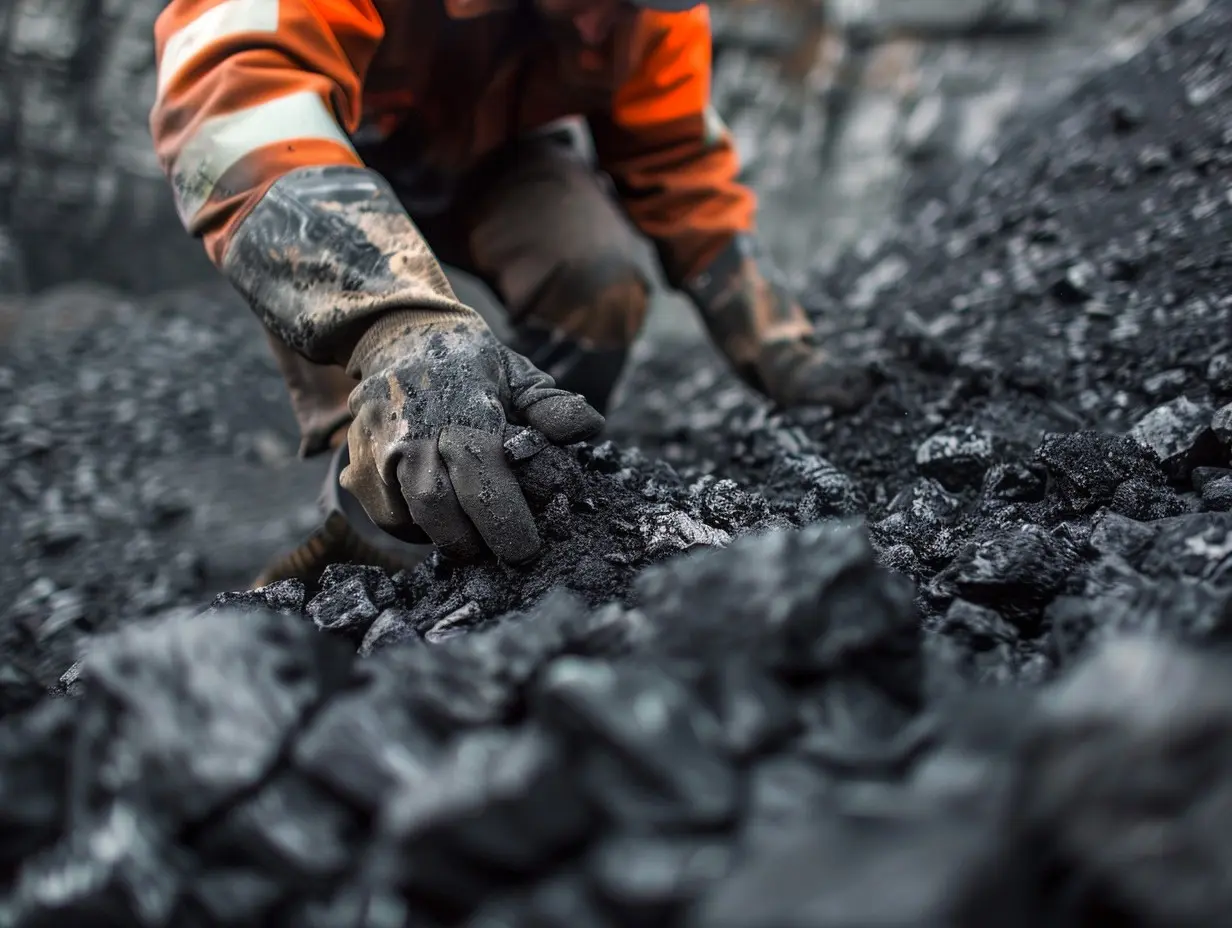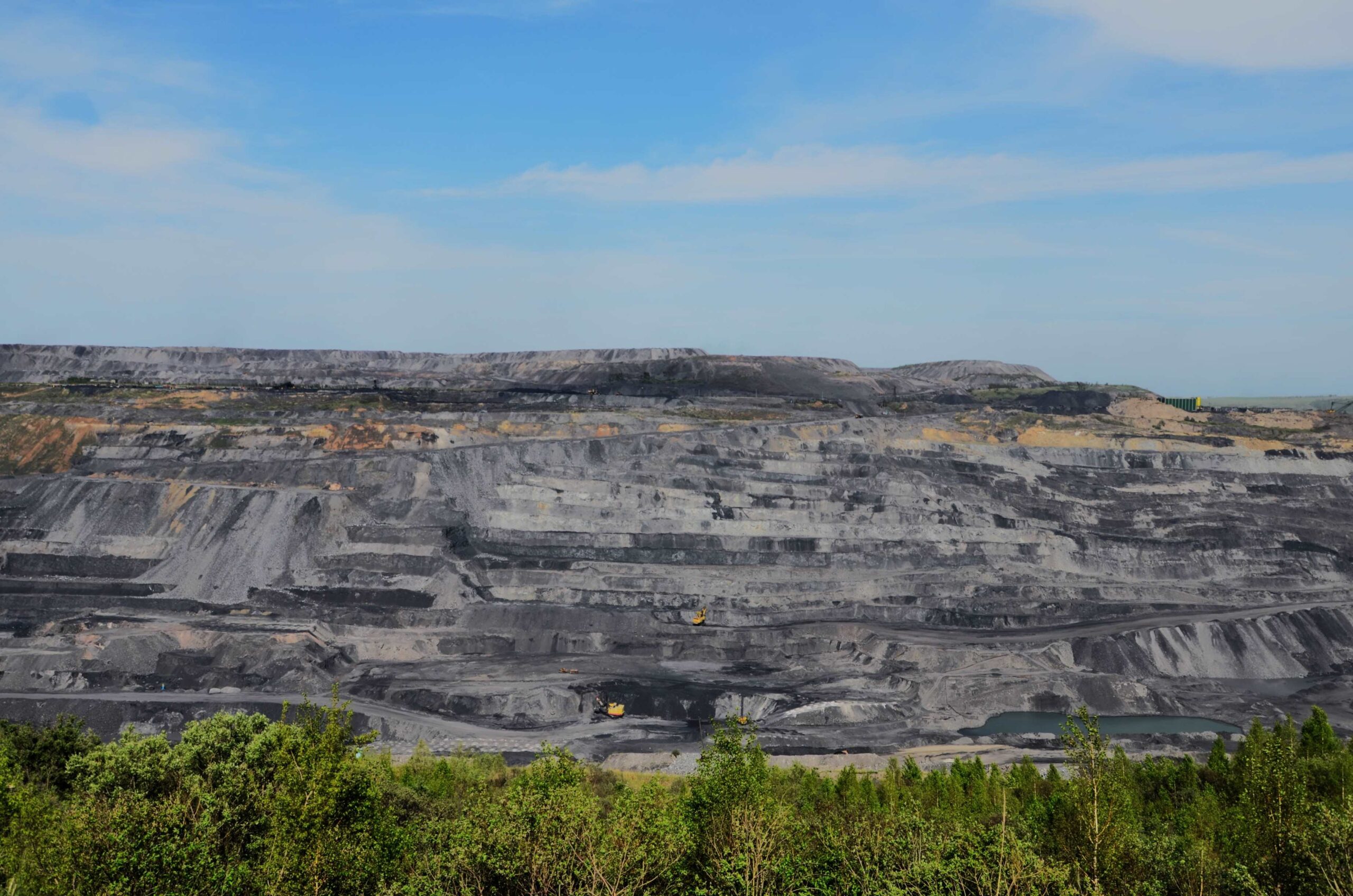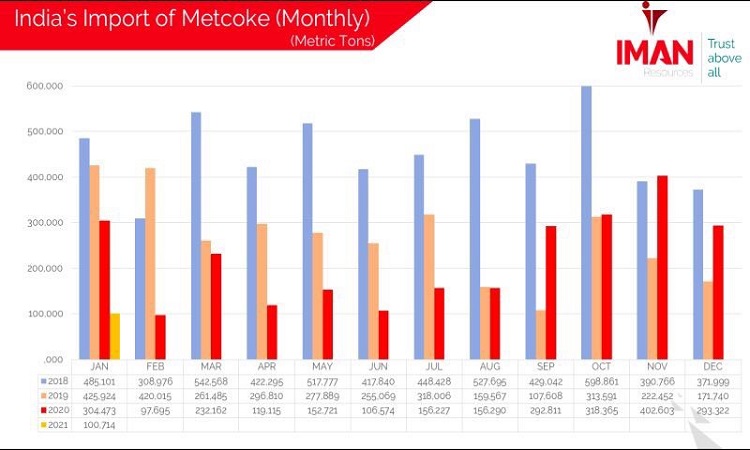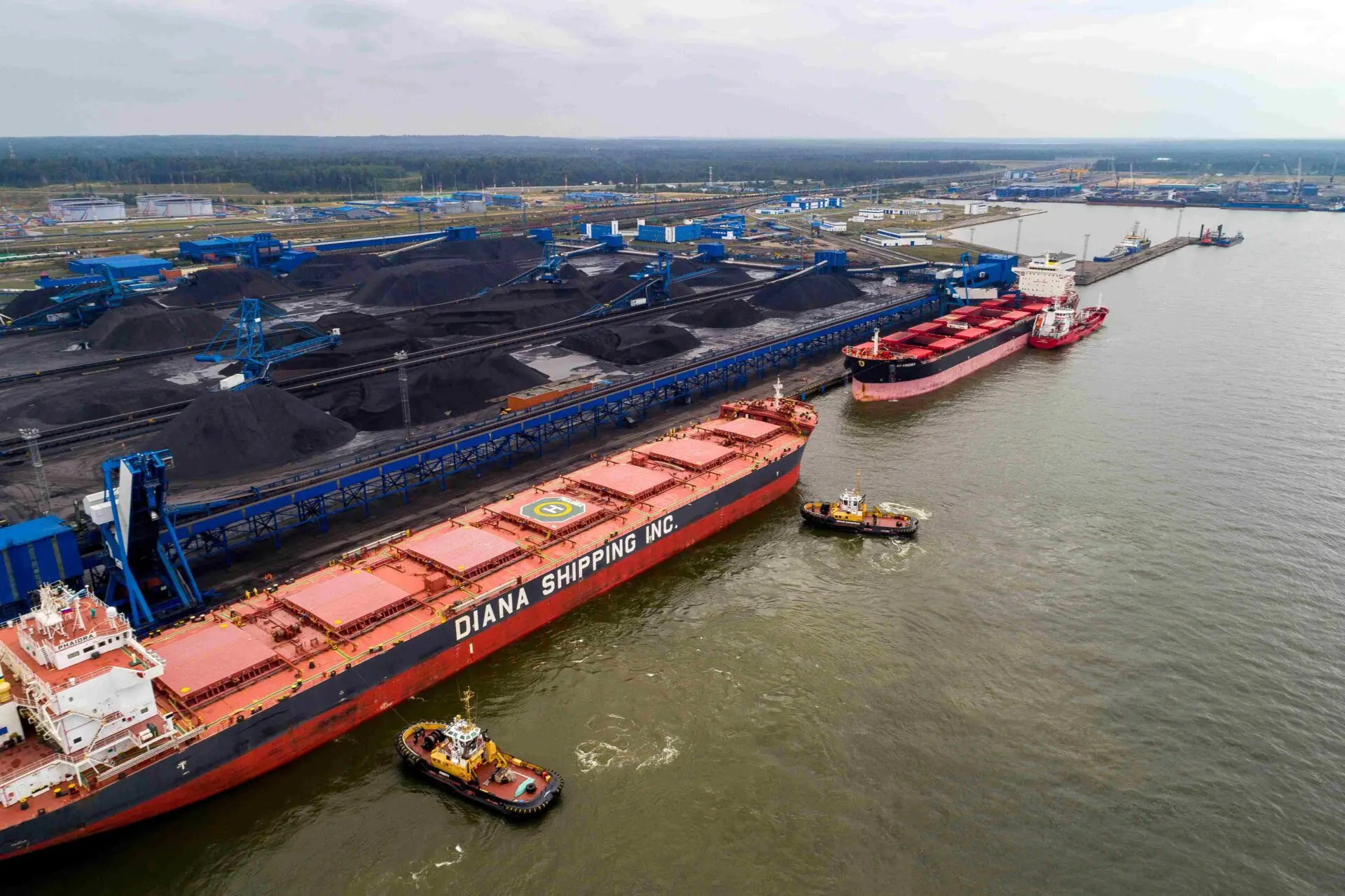
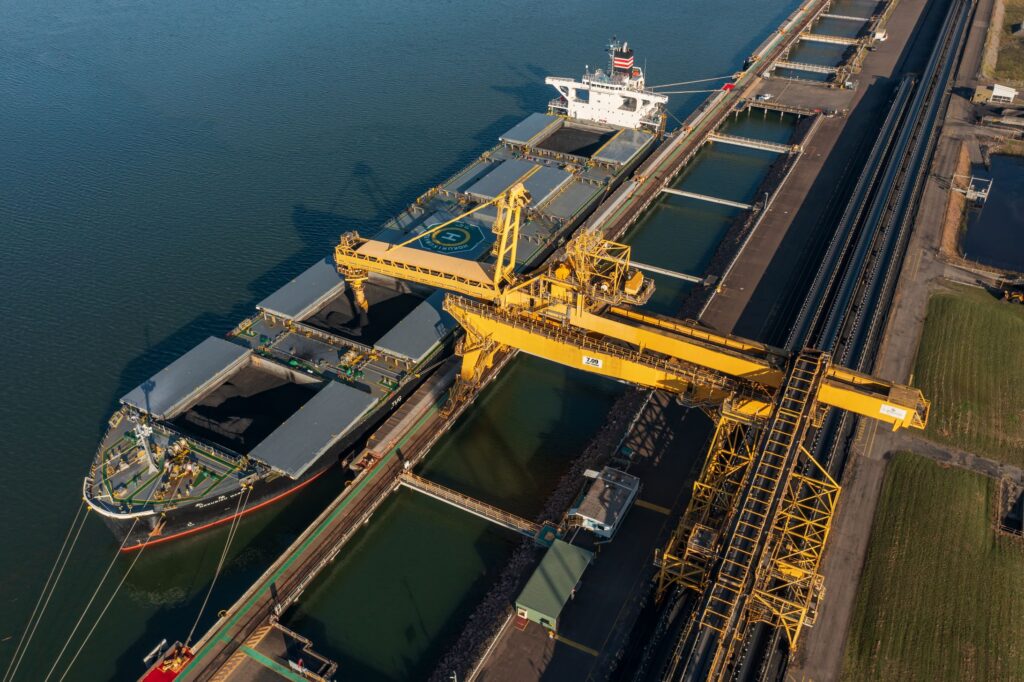
Coal prices fell below 118 USD/t in the European market last week. Price volatility largely reflected fluctuations in TTF gas contracts.
The market is still waiting for the strike to be started by Chevron LNG workers in Australia, which was postponed until Friday leaving hope that the parties can reach an agreement at the very last moment. If they fail to do so, the strike will last for 7-11 hours a day from September 8 to 13, and from September 14 a complete shutdown of the plants for 2 weeks is planned.
At the same time, experts do not believe that the worst scenario will materialize and assume that the impact on the market will be limited.
Coal stocks at ARA terminals for the week increased by 2% to just over 7.0 mio t. (compared to 8.20 mio t y-o-y). The growth was supported by relatively low fuel demand due to favorable weather conditions and sufficient renewable energy generation.
According to Gas Infrastructure Europe (GIE), as of September 6, underground gas storage facilities in Europe were on average 93.5% full (100.5 billion m3 of the available 107.7 billion m3 was injected).
According to market participants, companies are trying to approach the winter period with the maximum possible reserves, as they want to avoid a resurgence of last year’s situation with extremely high gas prices.
South African High-CV 6,000 coal index strengthened above 116.00 USD/t.
Financial contracts showed negative dynamics similar to their European analogues. Indian sponge iron producers are showing interest in 5500 kcal/kg NAR with loading in late September-early October.
In China, spot prices for 5,500 kcal/kg NAR coal at the port of Qinhuangdao jumped 6 USD/t to above 121 USD/t. The growth was supported by demand from non-energy industries (chemical and cement plants), as well as market participants’ concerns about coal supply amid a new round of safety inspections at mines. In addition, power companies have been ordered to build up stocks ahead of the Asian Games (athletic competitions among athletes on the Asian continent) to be held in Hangzhou from September 23 to October 8, while planned maintenance works on the Daqin railway line scheduled for late September will negatively affect coal supplies to ports.
Australian High-CV 6,000 edged up to 159-160 USD/t. Suppliers of Australian mid-CV 5,500 material increased their offer prices after news that the South Korean government limited the volume of coal to be imported from Russia by state-owned power companies.
South Korea has set a quota of 13 mio t of Russian thermal coal imports for the country’s five state-owned power companies for the period from September to December. According to market participants, the companies will have to postpone deliveries of 1 mio t of the booked material to 2024, given that the parties have already signed contracts to supply 14 mio t by the end of the year. In January-July 2023, Korea imported 14.3 mio t of coal from Russia (+37% y-o-y). Indonesia was in first place in terms of supplies with 15.1 mio t.
FOB quotations of Australian metallurgical coal HCC kept rising, soaring above 270 USD/t amid steady demand from Indian and Asian consumers, as well as limited supply of Australian material. Market participants are of the opinion that limited supply may remain for the next one or two months due to ongoing maintenance work and commissioning of new longwalls at mines.
Source: CAA




